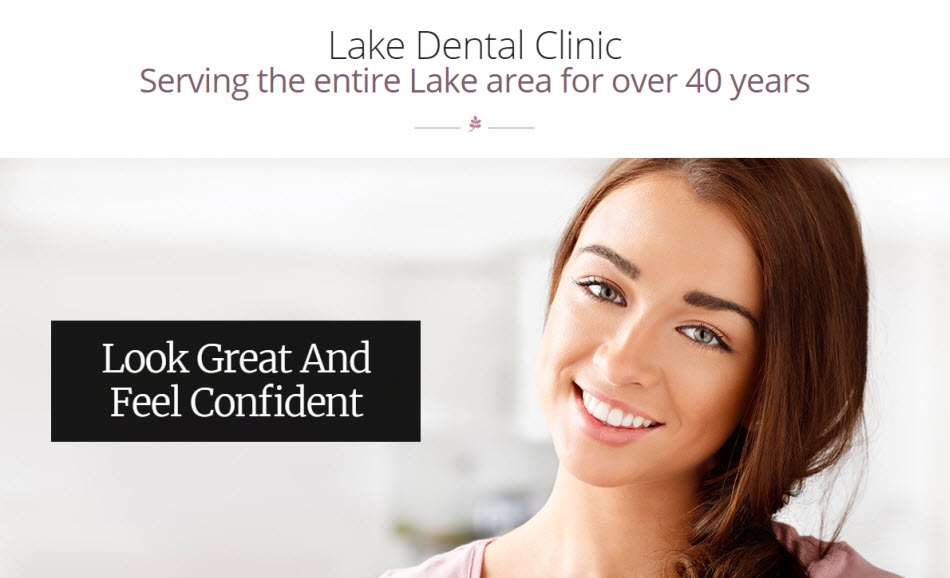This innovative treatment is permanent and allows you to have brand new teeth that last. At Lake Dental Clinic, we provide dental implant treatment for patients who need to smile with confidence again.
However, becoming a candidate for dental implant placement requires particular oral health standards. Here are some guidelines on becoming a candidate for dental implants.
Missing Teeth
In order to receive dental implant placement, patients must have missing teeth or be scheduled for tooth extraction. Dental implants can be placed during the same appointment as extraction, making treatment that much quicker.Healthy Gums
Periodontal disease is usually the main culprit behind tooth loss, but if the infection has yet to be treated, dental implant placement must be delayed. Advanced periodontitis is categorized by receding gum lines and loosened teeth due to the infection’s impact on the jaw bone. Healthy gums and jaw bones are essential to supporting dental implants, although the treatment can enforce renewed strength.Periodontal treatments such as a root scaling and planing and gingivectomies remove the infection from deep pockets and infected tissue to restore gum health, preventing the spread of bacteria to the rest of the body.
Adequate Jaw Bone
If you’ve been missing teeth for a while, your jaw bone density may have reduced. As there are no tooth roots to support the bone, it will slowly recede, resulting in a prematurely aged facial aesthetic. It’s important to consider dental implants sooner rather than later, as the implants will be better supported with more jaw bone left.Patients considering dental implants but have less than adequate jaw bone should consider grafting procedures. Bone grafts create this solid base by incorporating bone tissue from another part of your body. This will then prompt bone growth, creating enough density to support a dental implant.
At Lake Dental Clinic in Camdenton, we provide dental implant and grafting treatments needed for a permanent replacement for your missing teeth. For more information or to schedule an appointment, contact our practice today.

